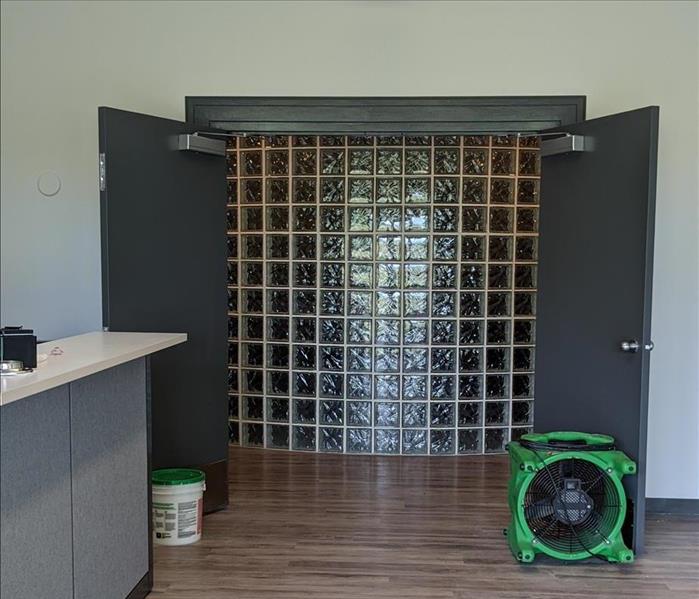The Comprehensive SERVPRO Mold Remediation Process: A Step-by-Step Guide
7/10/2024 (Permalink)
Mold growth can pose a significant threat to your property and indoor air quality. When faced with a mold problem, it's crucial to enlist the help of professionals who have the expertise and equipment to safely and effectively remediate the issue. In this blog post, we'll take a closer look at the step-by-step mold remediation process employed by SERVPRO®, a trusted leader in the restoration industry.
Initial Assessment and Inspection
The first step in the SERVPRO mold remediation process is a comprehensive assessment and inspection of the affected areas. Trained technicians will thoroughly inspect your property to identify the extent of mold growth, locate hidden mold, and assess any underlying moisture issues that may be contributing to mold growth.
Containment and Isolation
Once the assessment is complete, SERVPRO technicians will implement containment measures to prevent the spread of mold spores to unaffected areas of your home. Physical barriers, negative air pressure, and specialized equipment such as air scrubbers may be used to isolate the contaminated areas and minimize cross-contamination.
Mold Removal and Cleanup
The next step is the removal and cleanup of mold-contaminated materials and surfaces. SERVPRO technicians use industry-leading techniques and equipment to safely and effectively remove mold growth from affected areas. This may include HEPA vacuuming, damp wiping, and the use of antimicrobial treatments to inhibit mold regrowth.
Air Filtration and Purification
During the mold remediation process, SERVPRO utilizes high-efficiency particulate air (HEPA) filtration systems to capture airborne mold spores and other contaminants. Air scrubbers and negative air machines are employed to improve indoor air quality and remove mold particles from the air.
Drying and Dehumidification
Moisture control is essential for preventing mold regrowth. SERVPRO technicians employ advanced drying and dehumidification techniques to remove excess moisture from affected areas and restore optimal humidity levels. This may involve the use of industrial-grade air movers and dehumidifiers to accelerate the drying process.
Repair and Restoration
Once mold remediation is complete, SERVPRO technicians will assess any damage to building materials and belongings and initiate the repair and restoration process. This may involve repairing or replacing damaged drywall, flooring, insulation, and other structural components to restore your property to its pre-mold condition.
Post-Remediation Verification
After completing the remediation process, SERVPRO conducts a final inspection to ensure that mold growth has been effectively remediated and that the affected areas are safe for occupancy. This may involve testing air and surface samples to verify that mold levels have returned to normal.
The SERVPRO mold remediation process is a comprehensive and systematic approach to addressing mold issues in residential and commercial properties. By following a step-by-step protocol that includes assessment, containment, removal, cleanup, and restoration, SERVPRO technicians can effectively mitigate mold growth and restore your property to a safe and healthy condition. If you're dealing with a mold problem in your home or business, don't hesitate to contact SERVPRO for expert mold remediation services.






 24/7 Emergency Service
24/7 Emergency Service
